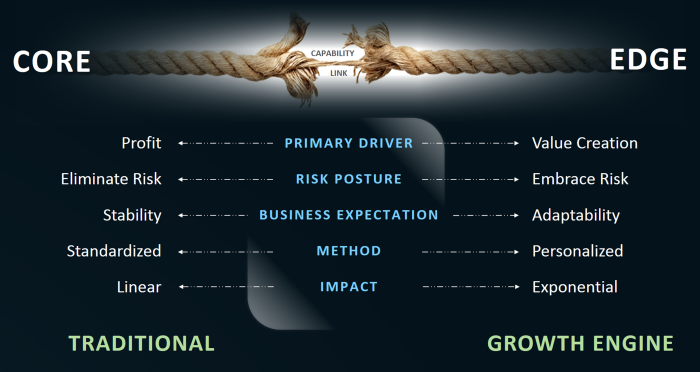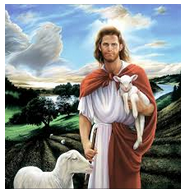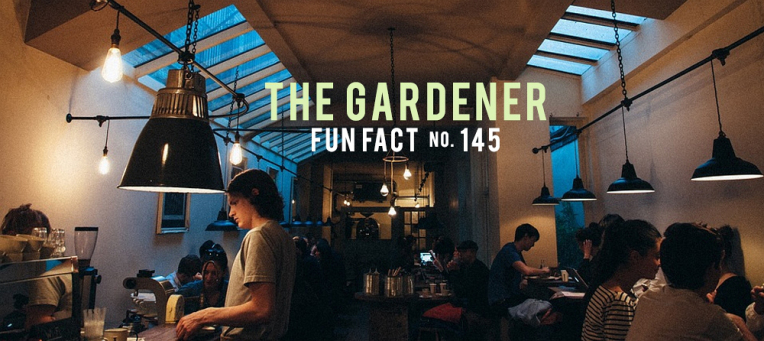Digital transformation means different things to different people. As I strive to change mindsets, I am sensitive to these distinct perspectives and the individual filters applied to terms like digital and transformation. In my view, Digital has been more narrow than holistic, while in some organizations ERP implementations are considered transformation. So, does digital transformation represent the narrow use of digital technology to improve some aspect of our organization? Or, is it the wholesale change of a set of structures, institutions and paradigms built for a different era? Although I have mostly abandoned the phrase, when I do use it, I mean the latter.
Let’s call it what it is, starting with the term transformation. To truly transform means to change from one nature, substance, form, or condition into another. I’d maintain that the pace of change has made the archaic nature of our industrial era structures, institutions, and management paradigms very apparent. Therefore, to transform in this sense means to change from the nature, form and substance of our industrial past, to a state that is viable for our digital future. Digital is foundational: the building block for which this future state is built upon. Therefore, for clarity sake, a better way to describe digital transformation is:
TRANSFORMATION FOR THE DIGITAL AGE: a change in the nature, substance, and form of our industrial past, to a future state that allows us to thrive in our emerging digital future.
This transformation journey is unlike anything that our modern era has seen – because it is structural. It will take courage, vision, and a shift in mindset to address these structural issues – and not just layer digital on top of existing structures. This is true at the broad societal level, not just in a business context. From a business perspective, the tension that organizations face is a significant transformation challenge. As author Geoffrey Moore said in his Book Escape Velocity – we need to free our future from the pull of the past.

This visual speaks to the tension that is felt between the core (traditional business), and the market facing edge of our business. The characteristic set is very different across these parts of our organizations. In my mind, the capability link above is crucial. In a recent book titled Dual Transformation, the authors (Scott D. Anthony, Clark G. Gilbert, and Mark W. Johnson) focus on the challenging task of transforming the core while simultaneously creating a growth engine. Here is what they had to say about the capability link:
It allows a company to strike a balance wherein it leverages just enough capabilities to gain an advantage versus other competitors, but not so many capabilities that by definition, its ability to do something new is constrained.
Transforming for the digital age requires organization-wide alignment on strategic intent, expected outcomes, and the initiatives that drive both. It requires simplicity, focus, and the organizational capacity needed to re-position for today, while creating tomorrow. It requires a relentless focus on our emerging future, with a culture that supports informed risk taking. In Dual Transformation, the authors use a risk-culture example that is near to my heart:
Tata Sons is India’s largest conglomerate with collective revenues exceeding $100 billion. Every two years, it holds an awards ceremony to celebrate its innovation accomplishments, and one of the most coveted awards is called Dare-To-Try. The award showcases a growing culture of risk-taking and perseverance across Tata companies and recognizes and rewards the most novel and daring ideas that did not achieve the desired results. In 2015, three hundred submissions were judged, with the award going to my team at Tata Consultancy Services. We had attempted to find a better way to identify insurance fraud using natural language processing – but the market was not ready to shift from current approaches.
In their book Sense and Respond, authors Jeff Gothelf and Josh Seiden embrace structural change by describing how market conversations in a sense-and-respond paradigm move us away from our industrial era management paradigm. They provide many examples of this structural shift at work.
Finally, in their popular book titled Exponential Organizations, the authors provide many examples of structural change; from the asset-heavy to asset-light phenomenon, to the shift away from hierarchies. This shift is most notably visible via experiments with Holacracy at places like Zappos. These experiments assess the effect of flattened organizations, and the stripping of all job titles, management layers, formal meetings, and seniority levels.
The Mindset Shift: let’s not just layer digital on top of existing structures; Let’s transform for the digital age by changing the nature, substance, and form of our industrial past, to a future state that allows us to thrive in our emerging digital future.
Share this:





